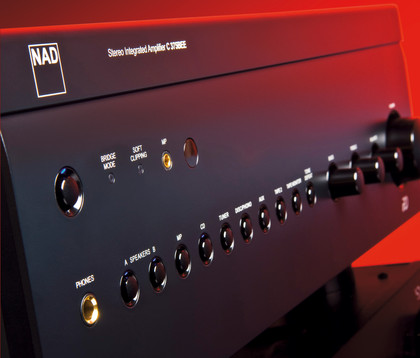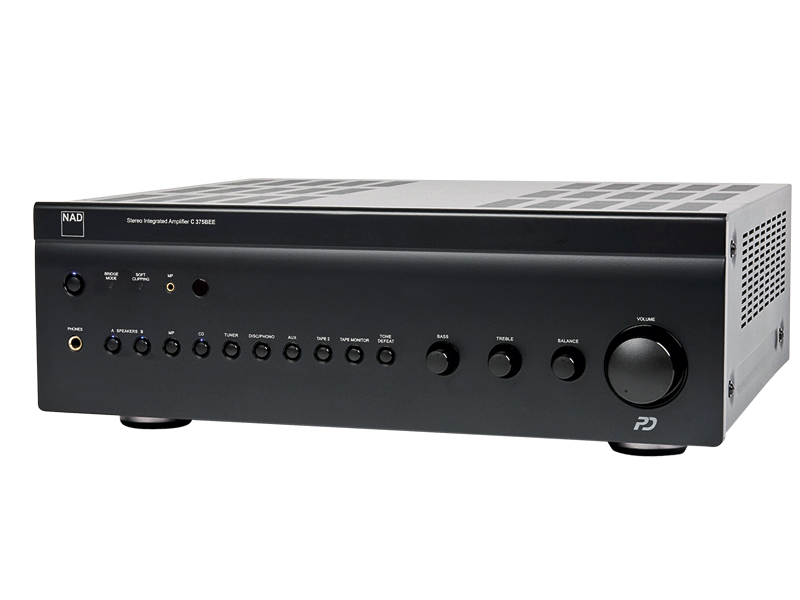Why you can trust TechRadar
Faced with a powerhouse like this, there's a strong temptation to load up a noisy disc at the outset, wind the volume control up high and settle back for some good old aural abuse. We did exactly that, but were rather taken aback by the results.
We've used high-powered NAD amps before and always found them enjoyable, if not always well controlled or revealing at high power. This one breaks that tradition, for it offers some of the best control we've heard at anything like the price.
We weren't exactly using the world's easiest speakers, either. The Bowers and Wilkins 803S is a fairly tricky load and needs a firm hand to keep the bass precise, but the 375Bee proves more than ready for the challenge. even when delivering peaks close to the 200 watts threshold (which was louder then we were comfortable with) there was no sense of strain, nor of the shift of focus that often occurs when amps start to run out of puff – loud bass making the midrange and treble wilt, and vice-versa.

As a result, we spent a lot of time revelling in the classy combination of power and control which the amplifier offers. Perhaps the odd rock'n'roller might find it a little too clean, but unless your musical tastes run almost exclusively to the 'down and dirty' it's likely you'll be as taken as we are with the combination of refinement and uninhibited power delivery.
As we've mentioned before in these pages, classical music tends to have wider dynamics than most other styles and hence benefits most from high power output, and indeed we found ready use for the power in uncompressed symphony orchestra recordings. Bass drum and timpani rarely sound so vivid!
There is also a lot to admire and enjoy at more modest volumes. Another break with early high-power NAD amps is in the high degree of neutrality across the midrange. Previously, we've had some limitations about the degree of naturalness in voices, but on this occasion we find it very hard to pick fault in this area.
This is accompanied by some excellent resolution of detail, making it very easy to separate the different lines within a multi-layered piece of music. As usual, stereo imaging follows where detail leads, and although we have heard just a shade more image depth (from amps costing considerably more than a grand, mind you) we have hardly heard better imaging stability.
In a well-recorded oratorio recording, for instance, we found the placement of the voices absolutely consistent irrespective of the accompaniment behind them. An excellent result.
By this point, you're probably waiting for the big 'but'. Frankly, there isn't one. Forced to find criticism, we would have to resort to minor details of sound. Thus the highest treble isn't quite as open and airy as true high-end amps manage, nor is the deepest bass as precise though they both come shockingly close.
And ergonomics-wise, the volume control has a little backlash. And, of course, the unit, smart as it is, doesn't actually look a million dollars. But honestly, we reckon an unscrupulous reseller could put a fancy, thick aluminium front panel on this with some natty engraved graphics, jack the price up by a factor of two or three, and make some pretty easy sales.
There are some very good amplifiers out there, these days, between £500 and £2,000. The NAD 375BEE is not by any means the only game in town but it is a very fine amplifier by any reckoning. We used it with some very smart sources and speakers and it never once nodded. We are delighted to recommend it unconditionally.
Follow TechRadar Reviews on Twitter: http://twitter.com/techradarreview
